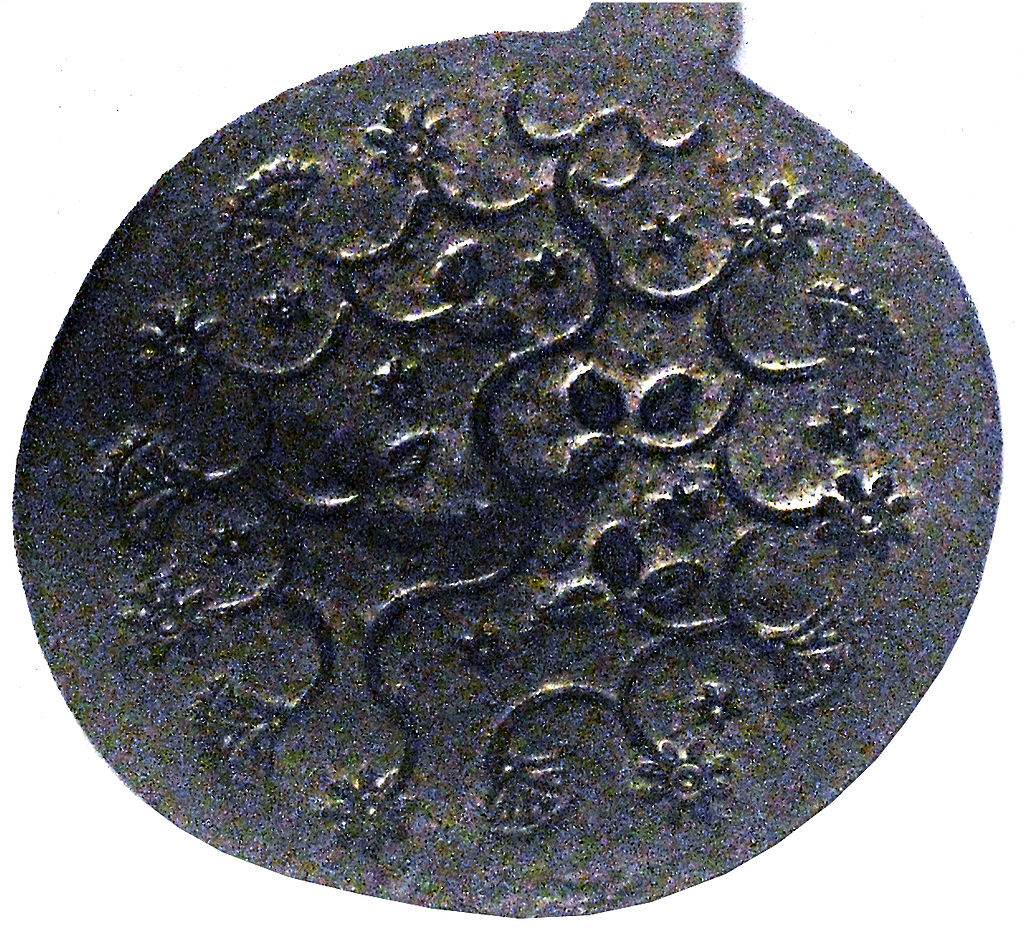The history of the waffle starts from antiquity and “travels” to day! The word waffle, as we know it (“waffle”) first appeared in the English language in 1725. It comes from the Dutch word wafel, which has its roots in the medieval word wafele. In dictionaries one can also find the word wafele which appeared in the late 13th century and the earlier French word walfre (1185) which both meant cake or honeycomb.
According to some sources, the idea of the “waffle” was started by the ancient Greeks, who used to bake a sort of cake between two hot metal plates. The dish seems to have had a great success, because it gradually spread throughout Europe. Ancient Greeks used as mixture, flour, water or milk and quite often eggs. This dough was then baked on the fire, between iron plates with long handles.
During the Middle Ages, the “waffles”, which were very similar to the Catholics communion wafer, but much larger in size, depicted religious images.
It is worth noting that the Crusaders were one of the main “dispersers” of the “waffle”, since they introduced it in Northern Europe. In this “journey”, the sweet dough was enriched with various additional ingredients, such as honey and orange blossom.
The first recipe for waffles dates back to the 14th century. In an anonymous manuscript, a man wrote the waffle recipe to his wife in detail: “ Beat some eggs in a bowl, season with salt and add wine. Toss in some flour, and mix. Then fill, little by little, two irons at a time with as much of the paste as a slice of cheese is large. Then close the iron and cook both sides. If the dough does not detach easily from the iron, coat it first with a piece of cloth that has been soaked in oil or grease”
By the 16th century, paintings by Joachim de Beuckelaer, Pieter Aertsen and Pieter Bruegel clearly depict the modern waffle form.[22] Bruegel’s work, in particular, not only shows waffles being cooked, but fine detail of individual waffles.
The second waffle recipe is found in a manuscript dating to the 16th century. This recipe mentions other ingredients, such as sugar, butter, yeast and some spices.
By the mid-16th century, there were signs of waffles’ mounting French popularity. Francois I, king from 1494–1547, of whom it was said les aimait beacoup (loved them a lot), had a set of waffle irons cast in pure silver.
By the dawn of the 18th century, the price of sugar fell and so waffles became affordable to –almost- everybody. Germany became a leader in the development and publication of waffle recipes during the 18th century, introducing coffee waffles, cardamom waffles, nutmeg waffles, but also waffles sprinkled with sugar. At the same time, the French introduced whipped egg whites to waffles, along with lemon zests, Spanish wine, and cloves. In fact, there was a recipe for chocolate waffles, featuring three ounces of chocolate grated and mixed into the batter, before cooking!
In the 19th century waffles were one of the favorite sweets of Europeans, but, -according to sources- by the early 20th century, waffle recipes became rare in recipe books, and only 29 professional waffle craftsmen remained in Paris.
The first electric commercial waffle maker appearing around 1918. By the mid-1930s, dry pancake/waffle mix had been marketed by a number of companies,, while in 1953 the first frozen waffles appeared.
At the same time, waffles were showcased at food fairs such as Expo 58 in Brussels, Seattle World’s Fair in 1962 and two years later at New York World’s Fair in the USA.
The Historic Cafe “Kipos”, with respect for the history of this special confectionery brings to Chania the first recipe of handmade, freshly baked waffle! The idea was of Vassilis Stathakis who imported waffle dough ingredients and toppings from France and Belgium.
In 2005 the first waffle festival in Greece was organized in Chania, by the Historic Cafe “Kipos”. A year later, the distinctive title “Waffla’s House” belongs nationwide, by the Historic Cafe “Kipos” and Vassilis Stathakis. The title is now granted in Greece by franchise.

Image 1: Detail from Pieter Bruegel’s Het gevecht tussen Carnaval en Vasten – among the first known images of waffles
Image 2: Detail of a French moule à oublie / moule à gaufre, Musée Lorrain
Image 3: Detail of a Belgian moule à oublie